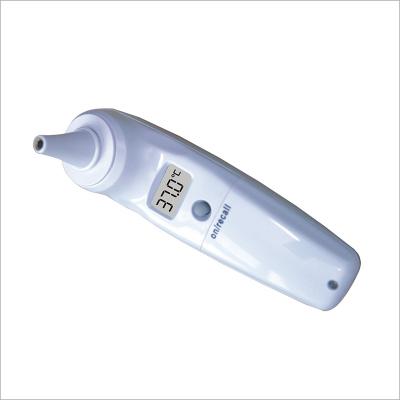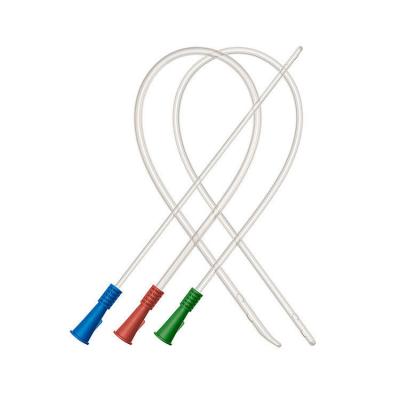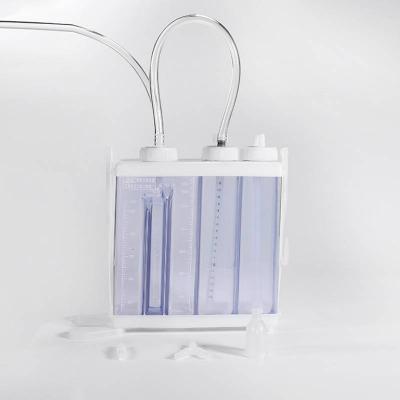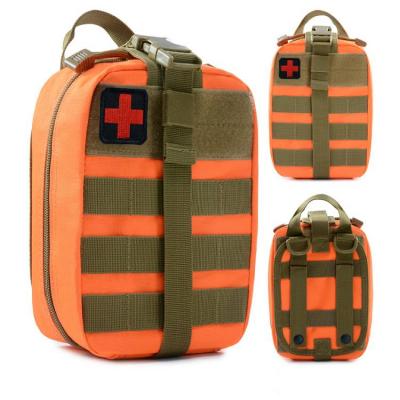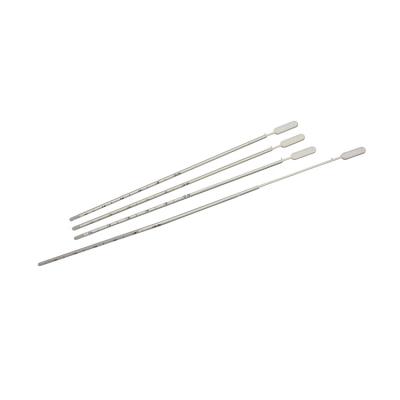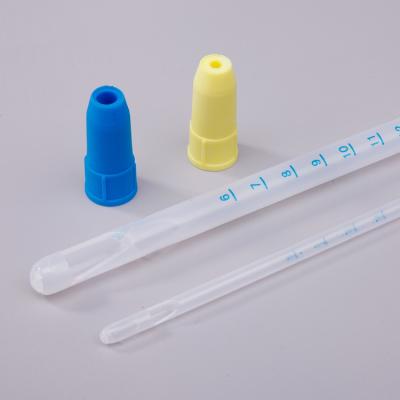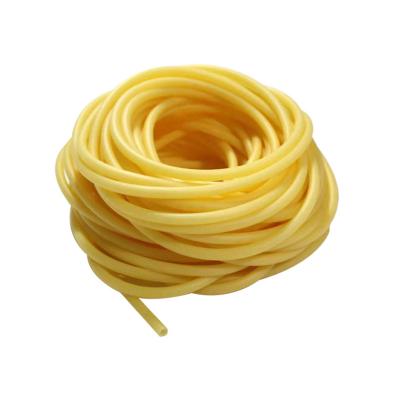Kinesiology Tape is a thin, stretchy, and elastic cotton strip with an acrylic adhesive that is used to treat injuries and promote healing. It is often used in sports medicine and physical therapy to support and stabilize muscles and joints, improve circulation and lymphatic flow, reduce pain and inflammation, and improve posture and alignment.
The tape is applied directly to the skin in specific patterns or configurations depending on the area and type of injury being treated. It can be worn for several days and is designed to move with the body, allowing for a full range of motion and flexibility.
Kinesiology Tape is available in various colors, widths, and lengths, and can be cut to fit the specific area being treated. It is generally considered safe and non-invasive, but should be used under the guidance of a trained healthcare professional to ensure proper application and effectiveness.
Specification
-
Material: cotton, polyester, rayon, four-way stretch (polyester + Lycra),
-
Type: regular roll, pre-cut muscle tape, water ripple glue
-
Specifications: 5cmx5m, 7.5cmx5m
Features
-
Waterproof and sweatproof, 70% waterproof (three levels)
-
soft fabric
-
Excellent adhesion, can fit for seven days
-
Very low allergy rate (medical acrylic glue)
-
Elasticity 160%±5
General Steps on How to Use Kinesiology Tape:
-
Clean and dry the area: Make sure the skin is clean and dry before applying the tape to ensure it sticks well and lasts longer.
-
Measure and cut the tape: Measure the length of tape needed for the area you want to treat and cut it to size. You can use scissors or tear the tape by hand along the perforated lines on the back.
-
Round the corners: Round the corners of the tape to prevent it from peeling or catching on clothing.
-
Apply the tape: Apply the tape directly to the skin, following the specific pattern or configuration recommended by your healthcare professional. Apply gentle pressure as you apply the tape to ensure it adheres well.
-
Rub the tape: Rub the tape gently with your fingers or use a tape roller to activate the adhesive and ensure the tape sticks well to the skin.
-
Check for comfort: Make sure the tape is not too tight or uncomfortable. You should be able to move freely and comfortably while wearing the tape.
-
Remove the tape: To remove the tape, slowly and gently peel it off the skin in the direction of hair growth. If you experience any discomfort or skin irritation, stop using the tape and consult with your healthcare professional.
Kinesiology Tape can be used on a variety of body parts to support and stabilize muscles and joints, improve circulation and lymphatic flow, and reduce pain and inflammation. Some common body parts that can benefit from Kinesiology Tape include:
-
Shoulders: Kinesiology Tape can be used to support the rotator cuff muscles and help improve shoulder stability.
-
Back: Kinesiology Tape can be used to support the lower back and improve posture and alignment.
-
Knees: Kinesiology Tape can be used to support the knee joint, reduce pain and inflammation, and improve circulation.
-
Ankles: Kinesiology Tape can be used to support the ankle joint, reduce pain and inflammation, and improve stability and balance.
-
Elbows: Kinesiology Tape can be used to support the elbow joint and reduce pain and inflammation.
-
Neck: Kinesiology Tape can be used to improve neck posture and reduce tension and pain in the neck muscles.
-
Feet: Kinesiology Tape can be used to support the arches of the feet, reduce pain and inflammation, and improve circulation.
|
 +86-13950196535, 086-592-5566387
+86-13950196535, 086-592-5566387 enquiry@ticarehealth.com
enquiry@ticarehealth.com







